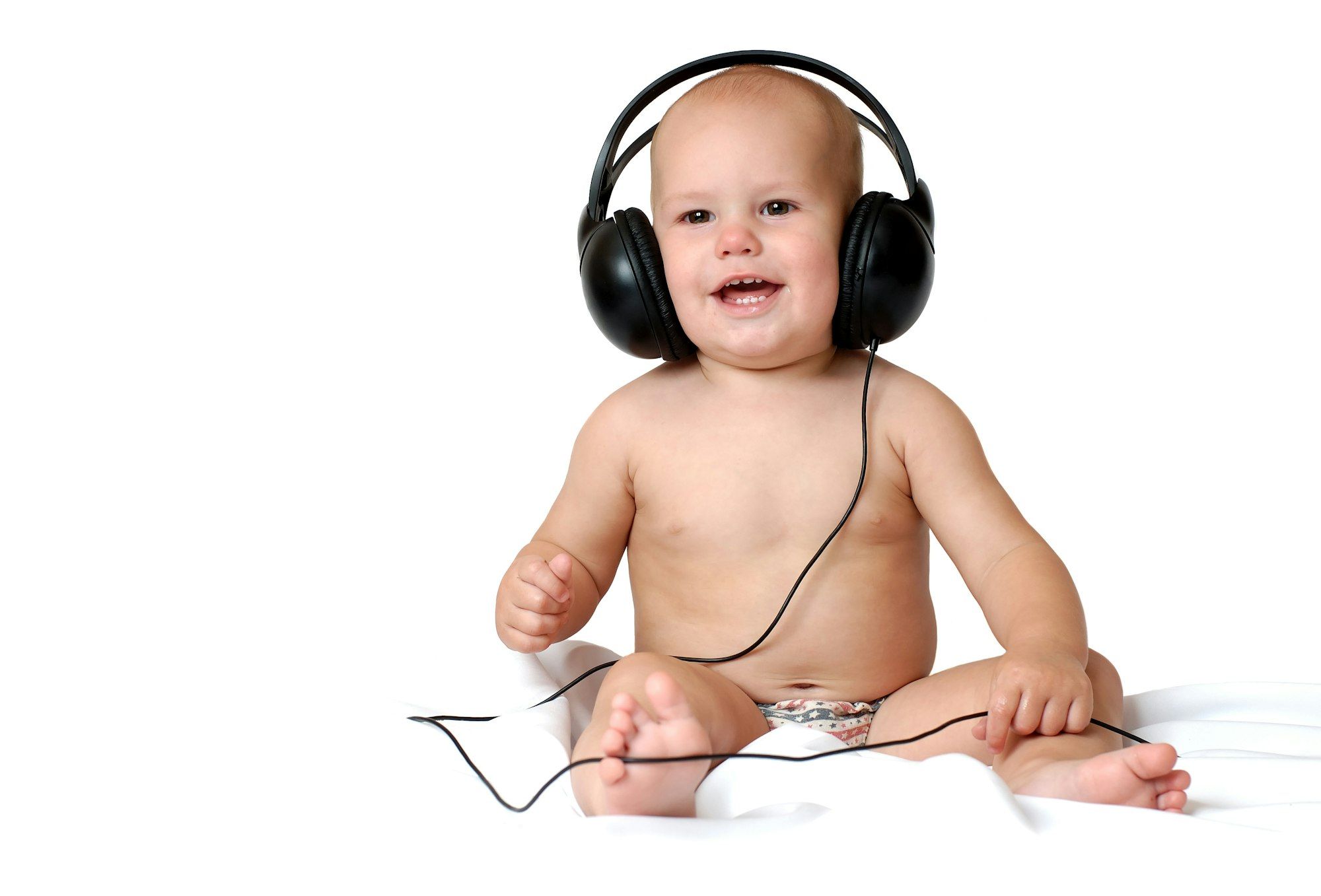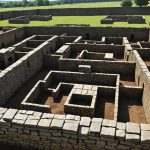Morris dancing is more than just a rhythmic display; it’s an invitation to connect with tradition, community, and joy. Participating in a traditional workshop lets you experience the exhilarating energy and historical roots of this captivating art form. Whether you seek a fun way to exercise, meet new friends, or embrace cultural heritage, Morris dancing offers it all. Discover the steps, music, and camaraderie that make this dance a cherished experience for all ages. Get ready to join the circle!
Overview of Morris Dancing
Morris dancing, a traditional English dance, boasts a rich historical background that dates back to the 15th century. This vibrant form of folk dance is characterized by rhythmic stepping and the execution of choreographed figures by a group of dancers, often adorned with bells and carrying sticks or handkerchiefs. Its cultural significance lies in its long-standing tradition as a communal activity, often performed in celebrations and festivals across England.
Also to see : Uncover History: Top UK Archaeological Digs You Can Participate In
The cultural importance of Morris dancing is evident in its regional variations, which reflect the diverse local customs and traditions. For instance, the Cotswold Morris, originating from the Cotswold region, is known for its lively and energetic style. In contrast, the Border Morris, from the Welsh-English border, is noted for its more robust and theatrical performance.
Over time, Morris dancing has evolved, adapting to modern influences while preserving its traditional roots. This evolution includes the incorporation of new music styles and the formation of mixed-gender and international Morris sides, enhancing its appeal and accessibility. Despite these changes, the essence of Morris dancing remains a celebration of community and heritage, ensuring its continued relevance and popularity.
Also to see : Uncovering the Top Guided Tours of Roman Baths and Historic Spa Towns in the UK
Benefits of Participating in Morris Dancing
Engaging in Morris dancing offers numerous benefits that extend beyond cultural appreciation. One of the primary advantages is its positive impact on physical health. Morris dancing involves rhythmic stepping and dynamic movements, which contribute to cardiovascular fitness, improved coordination, and enhanced muscle strength. These physical activities provide an enjoyable way to stay active, combining exercise with the joy of dance.
Moreover, Morris dancing significantly boosts mental well-being. Participating in this traditional dance form can reduce stress and anxiety, as it encourages mindfulness and concentration on the dance steps and music. The mental stimulation from learning and performing choreographed figures also promotes cognitive health, offering a holistic approach to well-being.
The social aspect of Morris dancing is equally important. It fosters social connections, as dancers often perform in groups, creating a sense of camaraderie and belonging. This communal activity strengthens relationships and builds a supportive network, enhancing the overall experience.
Additionally, Morris dancing plays a crucial role in building community. Through shared performances and celebrations, participants contribute to preserving cultural heritage, while also forming bonds with fellow dancers and audiences. This communal spirit ensures the dance's continued relevance and appeal.
Structure of a Traditional Morris Dancing Workshop
A Morris dancing workshop is an engaging experience designed to immerse participants in this traditional art form. The typical workshop structure begins with an introduction to the history and significance of Morris dancing, setting the stage for learning. This is often followed by a warm-up session to prepare participants physically.
The class format usually comprises several segments. Initially, instructors demonstrate basic steps and movements, allowing participants to observe and understand the dance's fundamental components. This is followed by a practice session where attendees can try these steps under guidance. The learning style is typically hands-on, encouraging active participation and immediate feedback.
Instruction methods vary, but many workshops employ a mix of verbal explanation and physical demonstration. Instructors often use repetition to reinforce learning, ensuring participants grasp the intricacies of the dance. Some workshops may incorporate music practice, helping dancers synchronize their movements with traditional tunes.
Workshops can vary in duration and frequency. Some are held as single-day events, while others may span several weeks, with classes occurring weekly. This flexibility allows participants to choose a format that suits their schedule and learning preferences, ensuring a comprehensive and enjoyable experience.
Tips for Beginners in Morris Dancing
Starting Morris dancing can be an exciting journey into a world of rhythm and tradition. As a beginner, focusing on essential skills is crucial. Developing a sense of timing and coordination is fundamental. Beginners should practice rhythmic stepping to align with the music, which is central to Morris dancing. Learning basic footwork and hand movements lays a solid foundation.
When it comes to attire, comfort is key. While traditional Morris dancers often wear costumes, beginners should prioritize comfortable clothing that allows for freedom of movement. As for equipment, handkerchiefs and sticks are commonly used in performances. However, beginners can start with simple props until they become more adept.
Facing challenges is part of the learning process. Common difficulties include mastering the intricate steps and synchronizing with other dancers. To overcome these, beginners should practice regularly and seek feedback from experienced dancers. Joining a Morris dancing group can provide support and encouragement, making the learning experience more enjoyable.
Embracing these beginner tips can enhance the learning journey. By focusing on essential skills, choosing the right attire, and tackling challenges with perseverance, new dancers can fully enjoy the vibrant tradition of Morris dancing.
Finding Morris Dancing Workshops
Discovering local Morris dancing groups and workshops can be an enriching experience for enthusiasts eager to delve into this cultural tradition. To locate nearby classes, begin by exploring community centres and cultural hubs, which often host or advertise such events. Libraries and local councils may also provide directories of ongoing cultural activities.
Online resources are invaluable for finding Morris dancing workshops. Websites dedicated to folk dance often list events and classes, offering a comprehensive overview of available opportunities. Social media platforms, such as Facebook, host groups where members share information about upcoming workshops and performances. These platforms facilitate connections with fellow dancers and instructors, enhancing the learning experience.
Networking within the Morris dancing community is another effective method for discovering workshops. Attending local performances or festivals provides opportunities to meet dancers and instructors who can offer insights into available classes. Engaging with community groups dedicated to Morris dancing not only helps in finding workshops but also fosters a sense of belonging and shared passion.
By utilizing these strategies, enthusiasts can easily find and participate in Morris dancing workshops, ensuring a rewarding journey into this lively and historic dance tradition.
Personal Testimonials from Morris Dancers
Exploring the personal stories of Morris dancers offers a glimpse into the transformative power of this traditional dance. Many dancers share how participation has significantly impacted their lives, fostering a sense of belonging and personal growth.
One dancer recounts how joining a Morris dancing group helped them overcome social anxiety. The supportive environment and communal spirit encouraged them to step out of their comfort zone and build lasting friendships. This transformation highlights the importance of community feedback in creating an inclusive atmosphere where everyone feels valued.
Experienced Morris dancers often provide insights into the dance's deeper meaning. For some, Morris dancing is not just a hobby but a way to connect with their cultural heritage. One dancer describes the joy of performing traditional dances passed down through generations, emphasizing the dance's role in preserving history and tradition.
Another dancer shares how Morris dancing improved their physical health and mental well-being. The rhythmic movements and lively music offered a fun way to stay active, while the focus required during performances enhanced their mindfulness and concentration.
These dancer experiences illustrate the profound impact of Morris dancing on individual lives, showcasing its ability to foster community, personal growth, and well-being.
The Role of Music in Morris Dancing
In Morris dancing, music plays a pivotal role, enhancing the overall experience and guiding the dancers' movements. The music styles associated with Morris dancing are diverse, often comprising traditional songs that have been passed down through generations. These tunes are integral to the dance, providing rhythm and atmosphere.
Live music is particularly crucial in Morris dancing workshops. It offers participants a real-time connection to the dance, allowing them to synchronize their steps with the music's tempo. This live interaction not only aids in learning but also fosters a lively and immersive environment, making the workshop experience more engaging and authentic.
Instruments commonly used in Morris dancing performances include the accordion, fiddle, and melodeon. These instruments are chosen for their ability to produce the lively and rhythmic tunes characteristic of Morris dancing music. The use of live instruments adds a dynamic element to performances, ensuring each dance is unique and vibrant.
Understanding the role of music in Morris dancing enriches the appreciation of this traditional art form. It highlights how music and dance are intricately linked, each enhancing the other's appeal and cultural significance.
Community and Cultural Events Featuring Morris Dancing
Morris dancing events are a vibrant part of community festivals and cultural gatherings, offering both entertainment and cultural enrichment. These events range from local village fairs to national festivals, each providing a platform for Morris dancing to shine. They play a crucial role in promoting this traditional dance and ensuring its continued relevance.
Local festivals often host Morris dancing performances, where dancers showcase their skills and engage audiences. These events foster a sense of community, bringing people together to celebrate shared heritage. National events, such as the annual Sidmouth Folk Festival, offer a larger stage for Morris dancing, attracting enthusiasts from across the country.
Festivals not only highlight the dance but also provide opportunities for public participation. Many events feature workshops where attendees can learn basic steps and experience the joy of Morris dancing firsthand. These interactive sessions encourage community involvement, making the dance accessible to all.
Cultural gatherings serve as a bridge between tradition and modernity, allowing Morris dancing to evolve while maintaining its roots. By participating in these events, individuals contribute to preserving this rich cultural heritage, ensuring its legacy for future generations.
Morris Dancing and Its Influence on Modern Dance
Morris dancing has left a significant mark on modern dance, serving as a source of inspiration and cultural influence. Its rhythmic stepping and choreographed figures have been adapted into contemporary dance forms, showcasing the dance's enduring appeal. Modern dance influences can be seen in how choreographers incorporate traditional Morris elements, such as the use of props like sticks and handkerchiefs, into innovative performances.
Cross-cultural adaptations have further expanded Morris dancing's reach. Dance troupes worldwide have embraced its lively spirit, blending it with local styles to create unique fusions. This cultural impact highlights Morris dancing's versatility, allowing it to transcend geographical boundaries while retaining its essence.
Despite these modern interpretations, the preservation of tradition remains vital. Many contemporary performances still honour the original Morris dance's structure and music, ensuring its historical roots are not lost. This balance between innovation and tradition is crucial for dance evolution, as it allows Morris dancing to remain relevant in today's diverse dance landscape.
By influencing modern dance, Morris dancing continues to celebrate its rich heritage, fostering a dialogue between the past and present while encouraging creative expression.
Resources for Further Exploration of Morris Dancing
Delving deeper into Morris dancing can be a rewarding journey, enriched by a variety of resources. For those eager to expand their knowledge, several recommended books offer valuable insights into the history and techniques of this traditional dance. Titles such as "The Morris Book" by Cecil Sharp and "Ribbons, Bells and Squeaking Fiddles" by Keith Chandler provide comprehensive overviews and are essential reads for enthusiasts.
In addition to books, documentaries serve as an engaging medium to explore Morris dancing. Films like "Way of the Morris" offer a visual narrative of the dance's cultural significance, bringing its vibrant history to life.
For interactive learning, online communities are invaluable. Platforms such as Reddit and dedicated Facebook groups allow enthusiasts to connect, share experiences, and exchange learning materials. These forums foster a sense of community, providing support and encouragement for both beginners and seasoned dancers.
Moreover, numerous workshops and classes are available for those seeking hands-on experience. These sessions, often found through local dance schools or cultural centres, offer structured learning environments where participants can refine their skills and immerse themselves in the dance's rich tradition.
















